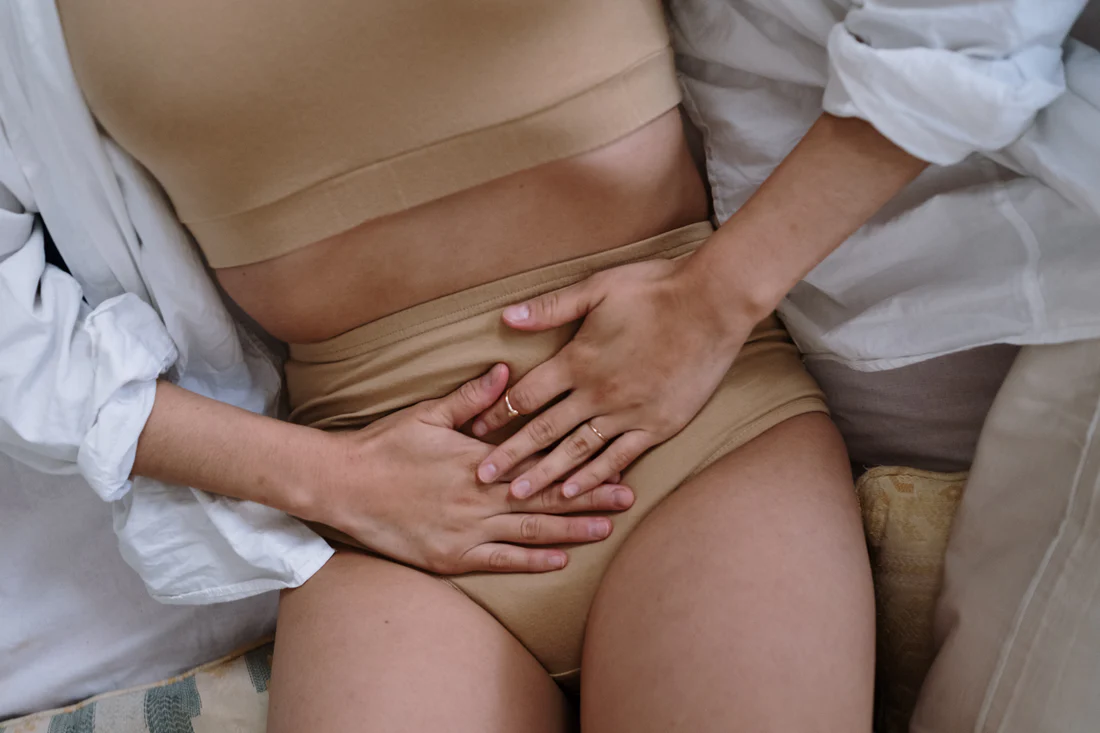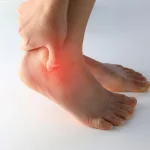
Key facts
- An ovarian cyst is a fluid-filled sac in your ovary.
- Most are not cancerous and many go away without treatment.
- Many cysts don’t cause symptoms.
- If they need to be removed, it’s usually possible with keyhole surgery.
- Sometimes a cyst can rupture or make your ovary twist. This may need emergency treatment.

What is an ovarian cyst?
An ovarian cyst is a fluid-filled sac that forms in your ovary. They are common, and almost every female will have one at some stage. Most are not cancerous.
What types of ovarian cysts are there?
Functional cysts
During a normal menstrual cycle your ovaries release an egg, which has grown inside a tiny follicle (sac). After releasing the egg, the follicle eventually gets smaller and disappears.
Sometimes, the follicle doesn’t open and release the egg. Instead, it continues growing and fills with fluid. This forms a follicular cyst.
Sometimes, the follicle doesn’t shrink after it releases the egg. Instead, it keeps growing and fills with fluid and sometimes blood. This forms a corpus luteum cyst.
These cysts are common and usually disappear within 2 to 3 months. While the cyst is there, your period might not come on time. Once the cyst has gone, your period usually goes back to normal.
Endometrioma
Also known as ‘chocolate cysts’, these are caused by endometriosis and can develop if cells from the lining of your uterus (womb) attach to your ovaries. When you get your period, these spots bleed and can form cysts filled with blood.
These cysts grow, but are not cancerous. Some endometriomas cause pain or pressure. They may also make it more difficult for you to become pregnant.
Dermoid cyst
These contain different types of body tissue, such as hair, fat, skin, teeth and bone. They grow very slowly and are not cancerous.
Cystadenoma
These are filled with watery fluid or mucus. They keep growing and are not cancerous.
Hydrosalpinx
This occurs when a fallopian tube becomes blocked and fills with fluid. It is usually caused by a sexually transmitted infection. It can lower your fertility.
Ovarian cancers
Cancerous cysts are rare, especially before menopause. There are several types of ovarian cancer.
What are the symptoms of ovarian cysts?
Many cysts don’t cause symptoms. You might discover you have one if you have an ultrasound for another reason.
Symptoms are more likely if a cyst is large, growing quickly or pressing on other organs.
Symptoms may include:
- lower abdominal fullness (feeling bloated)
- needing to urinate more often
- discomfort with bowel motions
- pelvic pain, usually mild
- irregular periods
- pain during sexual intercourse
Haemorrhage or rupture
Sometimes there is bleeding inside a cyst, or a cyst can break open and cause heavy bleeding. This causes sudden severe pelvic pain and sometimes light-headedness and nausea.
Ovarian torsion
If a cyst grows bigger than 5 cm, it can make the ovary twist. This cuts off the ovary’s blood supply. It causes sudden severe pelvic pain, nausea and vomiting. It is an emergency.
How will I be diagnosed with an ovarian cyst?
Your doctor may examine you and suggest tests, including:
- an ultrasound (usually done through the vagina)
- a pregnancy test
- blood tests
What treatment will I need for an ovarian cyst?
Many ovarian cysts go away without treatment.
If tests indicate your cyst is non-cancerous, your doctor may advise that no treatment is necessary but that you have regular check-ups to monitor the cyst’s size.
Your doctor may suggest removing the cyst if it:
- doesn’t go away after 3 months
- grows, especially if it’s bigger than 6cm
- causes symptoms
- may be cancerous
Non-cancerous cysts are usually removed by laparoscopy (keyhole surgery). Before menopause, your surgeon will usually try to remove just the cyst and not your whole ovary. Even if your ovary needs to be removed, your fertility and hormones are usually not affected, as you still have a second ovary.
If a cyst bleeds or ruptures, it usually gets better by itself within 1 to 3 days. Pain relieving medicines may help. If there is heavy bleeding, you may need emergency treatment in hospital and sometimes surgery.
Ovarian torsion requires emergency surgery.
Are ovarian cysts related to polycystic ovary syndrome?
No. Polycystic ovary syndrome (PCOS) is a hormonal condition. If you have PCOS, your ovaries will contain many small cysts. These are not true ovarian cysts. They are follicles containing eggs that haven’t fully developed.


